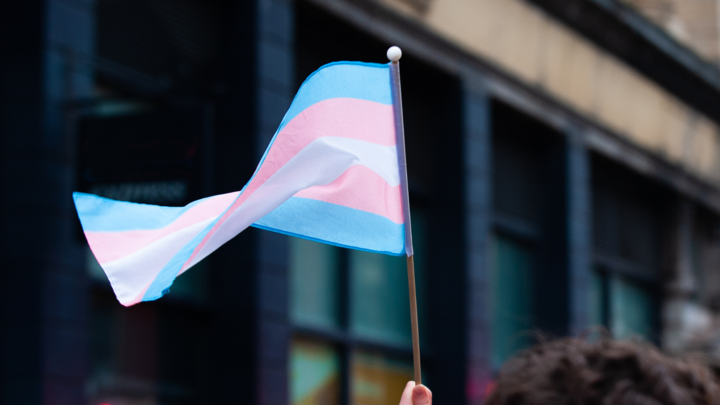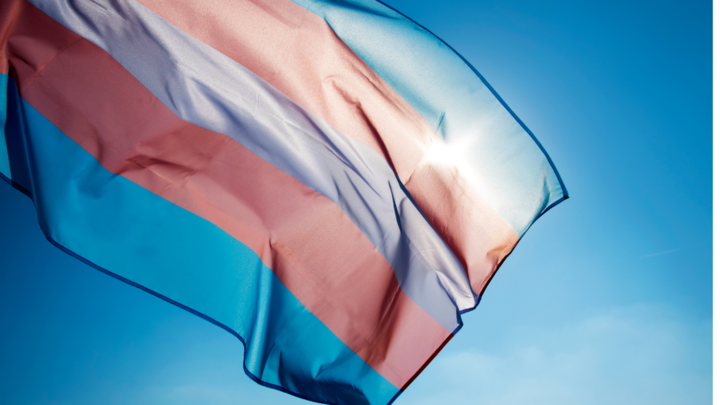
This summary is provided by the IPR Organizational Communication Research Center based on the original study.
IPR is featuring research and some of the many LGBTQ+ pioneers who have impacted the world today in celebration of LGBTQ+ Pride Month.
Dr. Lindsay Dhanani and colleagues analyzed how employees perceived workplace inclusion based on their social identities. Researchers specifically examined how gender and LGBTQ+ identities impacted perceptions of inclusion.
Inclusive workplaces were characterized by:
1) Open acceptance of all employees regardless of their social identities or backgrounds
2) Provision of equal treatment and opportunity for all employees
3) Integration of diverse views from all employees
4) Positive emotions at work
An online survey of 403 employees was conducted in early 2022. Employees differed in terms of their race, sex, and sexual orientation.
Key Findings
–Employees felt included when they were encouraged to share their views and/or identities, given opportunities for social interaction, given support for their job tasks and their well-being, and given opportunities for career growth.
–Employees also felt included when organizations took actions to prohibit negative treatment and facilitate positive treatment.
–In terms of what behaviors made employees feel included, coworker support (feeling included and being treated well) was endorsed by more heterosexual employees than lesbian, gay, and bisexual (LGB) employees.
–Conversely, LGB employees tended to emphasize the importance of open discussion, acceptance of social identities, and receiving recognition.
–Transgender and nonbinary employees tended to emphasize the importance of equal treatment (open acceptance of all employees regardless of their identities.)
–Female employees tended to feel more included when they were encouraged to openly share their views and identities.
–Comparatively, male employees were more likely to feel included when the organization worked to improve employee treatment.
–Employees who were women, transgender, genderqueer, nonbinary, racial/ethnic minorities, religious minorities, and/or had a disability felt most included when working remotely.
Implications for Practice
To build an inclusive workplace, organizations should implement formal policies that prohibit discrimination and ensure equal treatment for all employees. Organizations should also facilitate social interactions among employees through programs such as team-building activities, social events, and collaborative meetings. Additionally, organizations should encourage employees to openly share and discuss their views, identity, cultures, and life experiences. Furthermore, organizations should support employees’ well-being and encourage coworkers to support each other.
Regarding the selection of work modalities, organizations should consider the unique needs of employees belonging to minoritized populations. Finally, when work is done remotely, organizations should encourage supervisors to offer regular check-ins, informal chats about non-work topics, and virtual social events, such as virtual happy hours. These tactics can help enhance employees’ feeling of being included.
Authors:
Dhanani, L. Y., Sultan, M., Pham, C. T., Mikami, K., Charles, D. R., & Crandell, H. A. (2024). Inclusion near and far: A qualitative investigation of inclusive organizational behavior across work modalities and social identities. Journal of Organizational Behavior. Advance online publication. https://doi.org/10.1002/job.2779



